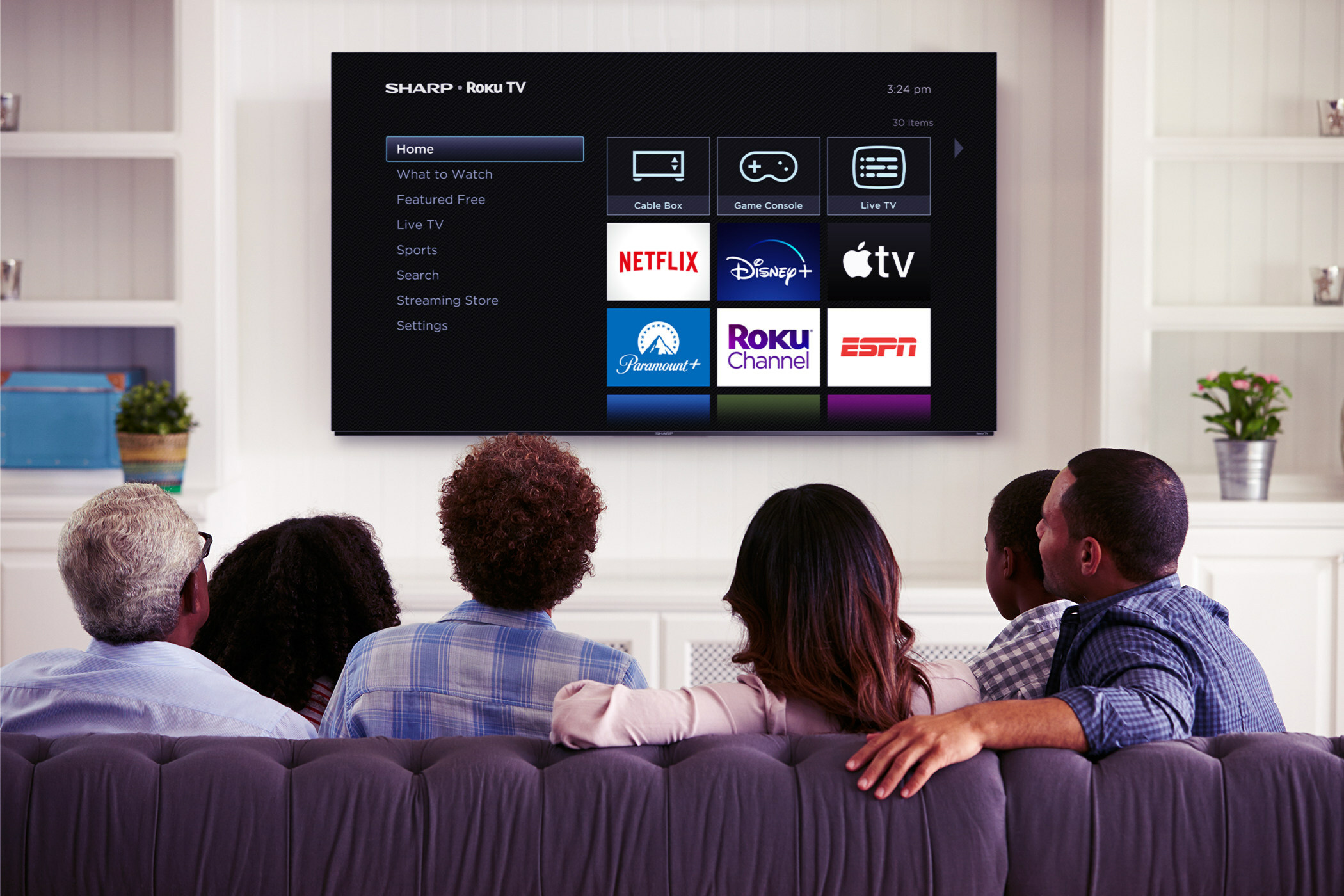3-D World Cup
As ESPN viewers around the country watched the World Cup matches live from South Africa in stereoscopic 3-D, a master control operator sitting in a small room in Building 13 at the sports network's Bristol, CT, campus electronically inserted 3-D commercials and other graphic elements manually to enhance the broadcasts. It was nothing fancy; it just worked.
Televising one game in 3-D most days of the four-week tournament (for a total of 25 games in 3-D), ESPN accepted live 1080i HD feeds via a dedicated fiber line, with satellite backup, from the FIFA World Cup host broadcaster HBS and used a Pixel Power BrandMaster 3-DS MC switcher and Abekas Mira server (controlled by a DNF Controls control panel) before sending the game out to the various satellite and cable carriage partners.
Jonathan Pannaman, senior director of engineering at ESPN, said the system is part of ESPN's 3-D technology lab, where the company is testing a variety of equipment for future use. The switcher is part of that evaluation and testing process, and served as a temporary solution for the World Cup.
He said that as ESPN gets more into 3-D for the long term, a permanent MC suite would be established in another part of the campus for other 3-D broadcasts that the network will deliver.
3-D MC: A work in progress
ESPN is still deciding on the most cost-efficient way to perform MC operations for 3-D. MC operations (commercials and graphics insertion) for other ESPN 3-D telecasts, such as the recent MLB Home Run Derby, have been accomplished onboard a mobile production truck (provided by Game Creek Video or NEP Productions) on-site.
Pannaman said inserting ads on-site simplified the process. However, the network will continue to test and investigate how to make the best use of the system in the future.
Get the TV Tech Newsletter
The professional video industry's #1 source for news, trends and product and tech information. Sign up below.
The system's template-based graphics architecture made it easy for the MC operators to generate all of the World Cup graphics created in Bristol. These were added to the existing set of graphics created and added in South Africa by the host broadcaster.
Desert preview
The BrandMaster 3D-S MC switcher was introduced by Pixel Power at NAB in April. Pannaman and a few colleagues saw a demo of the system and found the features, ease of use and 3-D image quality offered by the company's 3-D Clarity character generator and MC system notable.
The 3-D version includes a dedicated MC hardware panel (the Video Switch Panel) with dedicated program preset rows. A series of legend rows help identify sources coming from the router, and a row of TFT displays at the top can show images of graphic and video assets on a particular button before the operator cues them up. These can be configured to show the exact effect or associated move.
The system is 3RU in height, making it ideally suited to playout and production environments with limited spaces. It also can be used to remap all MC interfaces, signals and displays to a channel with the press of a single button.
A little MC goes a long way
In Bristol, the system is set up with the interface screen above the hardware panel, showing audio meters that are used to monitor and adjust levels on preview and program streams. There are also controls to adjust the depth of the stereoscopic images, which can be customized in different ways.
During the World Cup games, two operators worked in shifts to operate the system manually. There was no automation employed. They would come out of commercial breaks through the system and dissolve to the server to roll the commercials, using a control panel.
ESPN televised one game each day. Between games, it had a loop of 3-D graphics coming off the server, which displayed graphics, text and audio from the MC system to promote the next game.
The operators also used a Pixel Power Management console to edit template-based graphics within the MC system on the fly when necessary. Most graphics were built before the game started. This was done by simply double-clicking on a selected graphic. The system displayed the graphic full screen to allow the operator to preview his changes. A “Field” feature within the MC system then allowed the operator to edit every field within that frame, without having any knowledge of how to create graphics. Once the operator finished making changes, it was automatically “published” to the system for output into the final program stream in the correct aspect ratio, 3-D image convergence, resolution and font style.
More 3-D graphics to come
The World Cup was broadcast in 1080i (a first for ESPN) because that was the format provided by the host broadcaster. Since then, Pixel Power engineers have converted the unit to 720p via a software change on the system, so it's ready to take on more productions.
Pannaman said ESPN was happy with the way the World Cup went and how the MC system performed. There's an ongoing discussion about incorporating it in upcoming 3-D telecasts.
The system proved to be easy for nontechnical people to operate, which is a big plus for any broadcaster that uses a myriad of crews.
Michael Grotticelli regularly reports on the professional video and broadcast technology industries.
Technology at work
Abekas Mira server
DNF Controls control panel
Pixel Power BrandMaster 3-DS MC switcher
Design team
Jonathan Pannaman, ESPN sr. dir. of eng.
